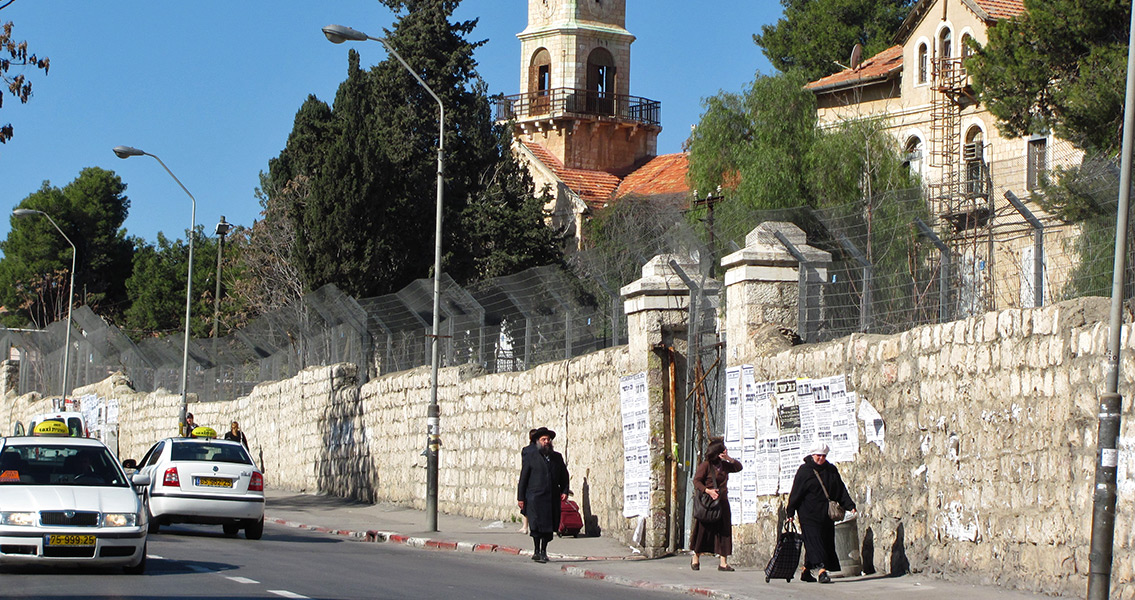<![CDATA[Assorted and unexpected is certainly one way to describe the archaeological findings at Jerusalem’s Schneller compound, until you consider the site's history. Today it is undergoing a salvage excavation led by the Israeli Antiquities Authority in preparation for the construction of residential buildings intended for use by Jerusalem's orthodox population. A large and impressive winery which dates to the Byzantine or Roman period, approximately 1,600 years ago, may be the most notable discovery. The structure includes a pressing surface covered with a white mosaic. Around the pressing surface eight cells had been installed for storing the grapes. Archaeologists believe the winery served a large manor house whose residents would have earned their living by wine production and viticulture among other things. Israeli Defense Forces agreed to vacate the compound, which is located just outside the walls of Old Jerusalem, to make way for the housing, but other discoveries indicate the Israeli army was not the first military presence to occupy this site. During the foundation work for apartment buildings, workers unearthed the remains of what seems to be a Roman-era military encampment, including traces of a bathhouse located very near the winepress. Bricks from the bathhouse were stamped with the name of the Tenth Roman Legion, which was part of the takeover of Jewish Yerushalayim. Its soldiers were garrisoned there until 300 CE. The Tenth Roman Legion (Legio X Fretensis) was created by Augustus Caesar between 41 and 40 BCE, specifically to fight in the civil war which marked the beginning of the end of the Republic of Rome. The tenth legion existed until at least the 410’s. One of the Roman legion's main centers was located only 800 meters, at Binyanei Ha-Uma, from where the current excavation is being done. The archaeologists have suggested the Schneller site was the location of a manor house which served as an auxiliary encampment to the main site. Private bathhouses were customary for the Romans and were incorporated into the estate. From 1860 until the Second World War the Schneller Orphanage was operated at the site. During the British Mandate (1920 to 1948) a British military base was established there. After the British left Jerusalem the compound was turned over to the Hagana and then later served as an army base by the Israel Defense Force until 2008. The current archaeological work is actually a continuation of the earlier salvage excavations which were completed at the site six months ago when evidence of a Jewish settlement dating to the Late Second Temple period was found. “Once again, Jerusalem demonstrates that wherever one turns over a stone ancient artifacts will be found related to the city’s glorious past. The archaeological finds discovered here help paint a living, vibrant, and dynamic picture of Jerusalem as it was in ancient times up until the modern era,” archaeologist Alex Wiegmann, with the Israel Antiquities Authority, stated in the press release. Image courtesy of Wikimedia Commons user: Yoninah]]>
Reminders of the Tenth Roman Legion Unearthed in Jerusalem
